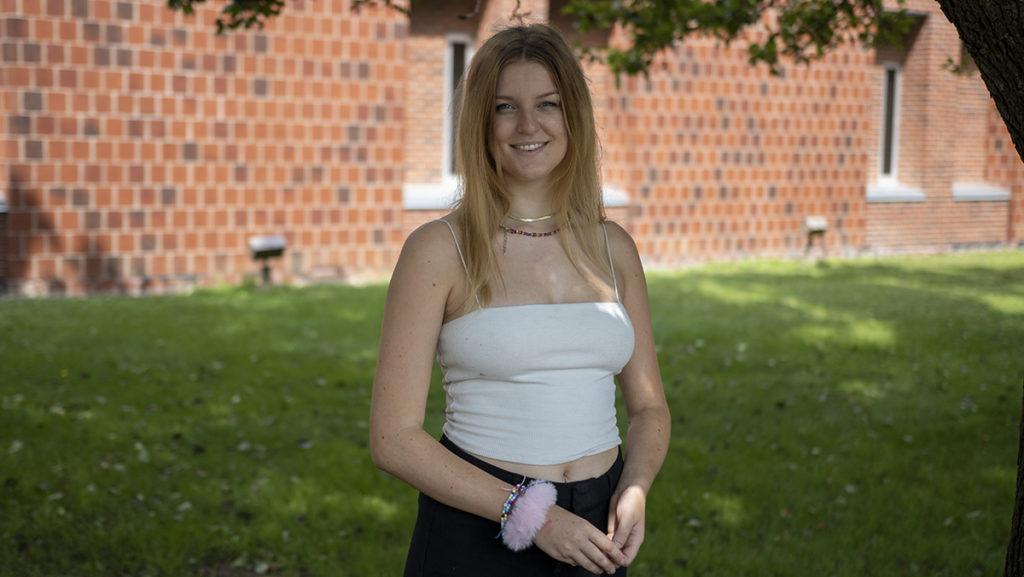Shortly after Kentucky freshman guard Aaron Harrison hit a three-pointer to put his Wildcats into the Final Four, beating Michigan, USA Today sports writer Steve Berkowitz tweeted this:
[acf field=”code1″]
For Harrison, at least for the time being, the shot was worth $0. Of course, the psychic benefits of hitting a game winning three in an Elite Eight contest are incalculable and the 19-year old Harrison – barring injury or some other unforeseen set back – will presumably make more than enough from future NBA contracts and endorsements.
But say one of Harrison’s non-NBA-bound Kentucky teammates had hit that shot or maybe Michigan’s little Spike Albrecht somehow answered with a three of his own at the buzzer, theoretically sending the game into overtime and ultimately pulling out the win for the Wolverines?
The performance bonuses still go out to each team’s university. Millions of dollars are still distributed to their respective conference. The NCAA still earns more than 90 percent of their operating budget from the tournament. And television ad earnings still outshine that of the Super Bowl, or the NBA, MLB and NFL playoffs combined.
Yet the players whose work this entire system is propped up by aren’t allowed a penny of it. They aren’t even allowed to sell or exchange the Final Four hats they put on after the game. The vast majority of these athletes will additionally never see a professional athletic contract or sneaker deal.
It’s upon the understanding of this inconsistent logic that a National Labor Relations Board director ruled last week that the members of the Northwestern University football team could unionize.
SB Nation posted a wonderful explainer of the decision, the interpretations and its implications for Northwestern, college football and the NCAA’s entire structure of amateurism.
In brief, the players had to prove that they were “employees” of the university, meeting four standards: that they were (1) “under the contract f hire to (2) perform services for another, (3) subjected to the employer’s control and (4) in return for payment.”
The NLRB director Peter Sung Ohr ruled that the letter of intent and scholarship equated an employment contract, the committed time of the players (ranging from 40 to 60 rigidly scheduled hours per week in season) that generated millions in revenue constituted services for the employer’s benefit, the (again, stringent) coach’s rules amounted to employer’s control and the scholarship itself was the pay in return. The SB Nation post above really details the level of control the university has over all aspects of players’ lives, which is pretty amazing, if not startling.
Northwestern football can now immediately form a union given enough votes from eligible scholarship players, which they are expected to get easily. From there, they can collectively bargain with the university regarding players’ benefits and essentially partake in the type of activity as any other labor union.
If this ruling is not reversed on appeal by Northwestern – the university is appealing, of course – this could be the first step towards changing the current system of college athletics that seems so disconnected with the principles of fairness and recognition, which ground a responsible business, much less an institution of education.
Personally, I’m not sure if unionization is the best path to reform the NCAA. Its implications for other programs that do not generate as much (or any) revenue, as well as Title IX, are very muddled. Additionally, it leaves out schools within the 24 “right-to-work” states, where the ability to unionize is not guaranteed for any worker. Yet at the moment, collective bargaining seems to be the only thing besides litigation that might get the NCAA to relax its grip on student-athletes.






